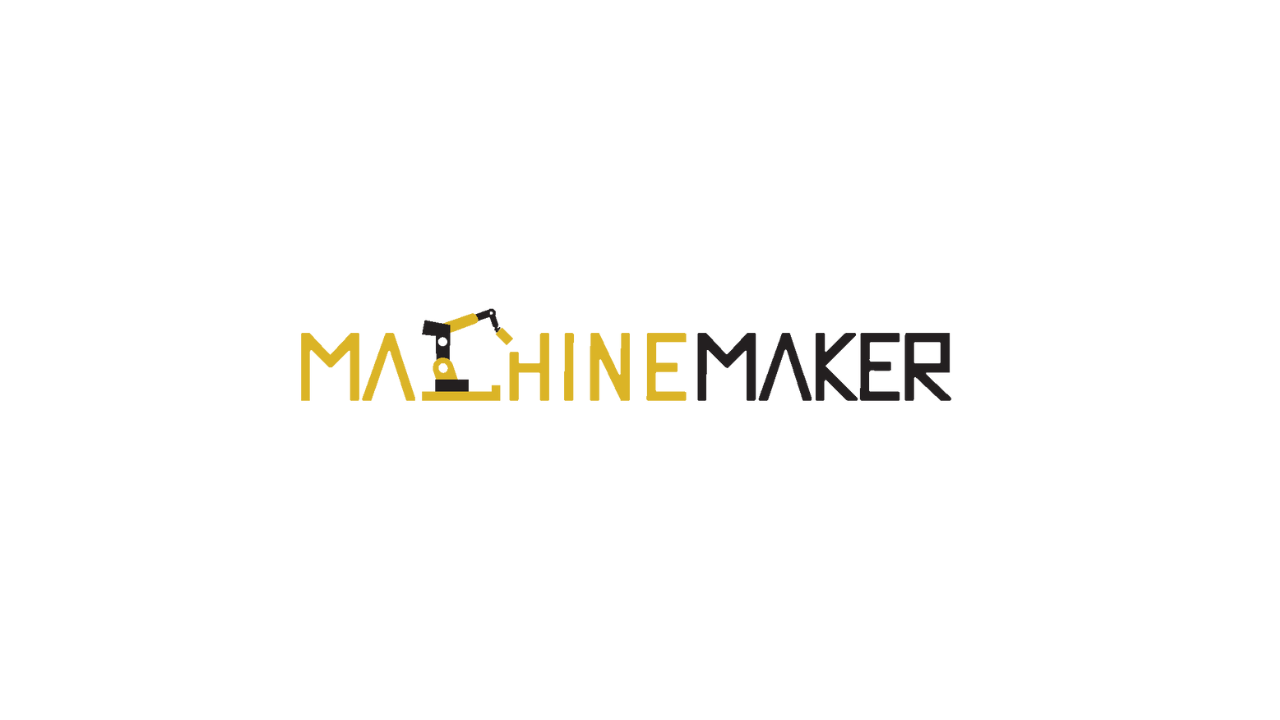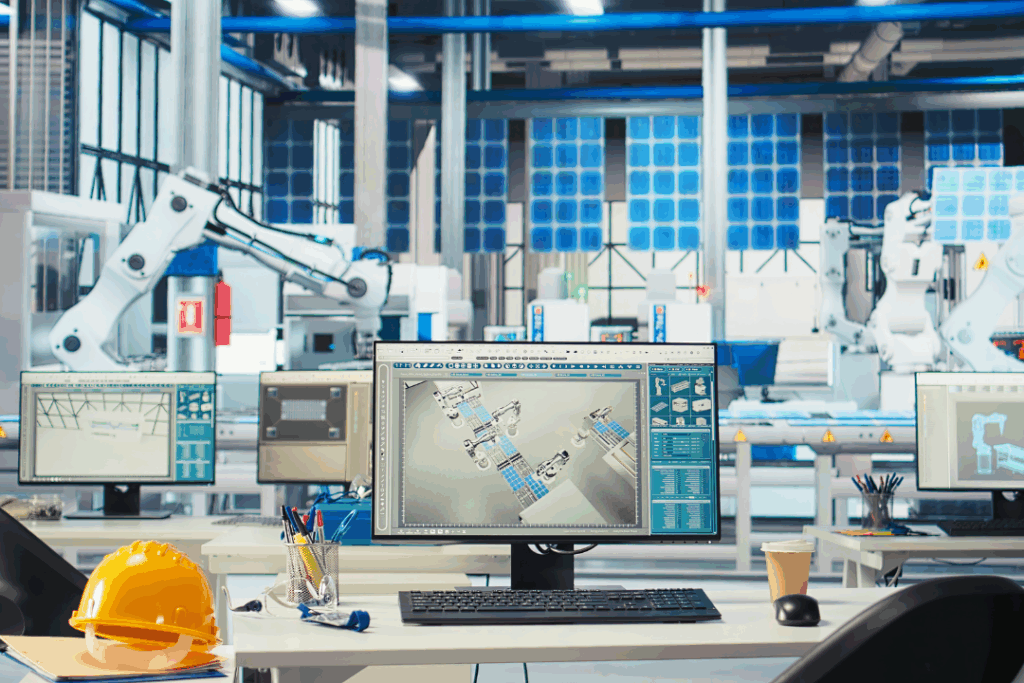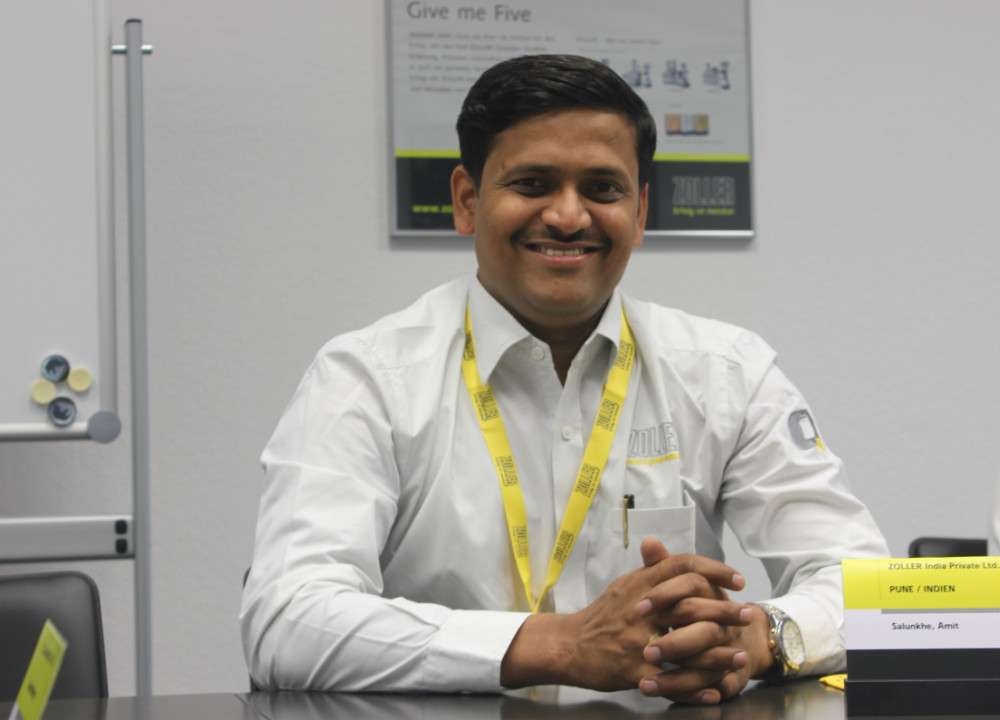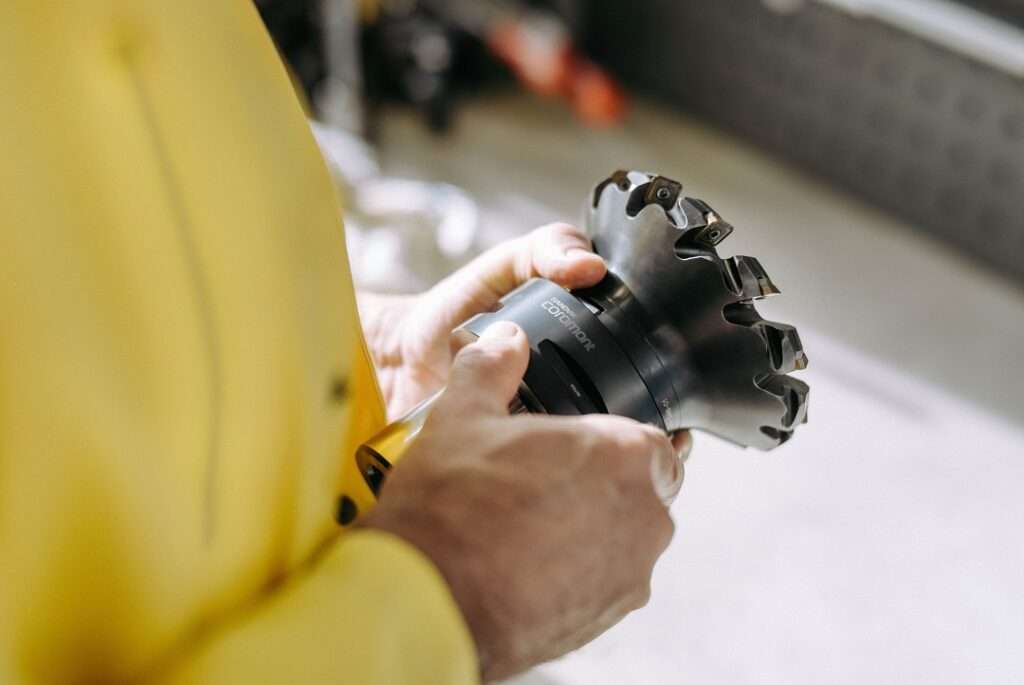- The dual issue of space constraint and high energy demand of commercial buildings can be resolved by the adoption of BIPV
- U-Solar Clean Energy installed the largest building-integrated vertical solar PV system at a data centre in Mumbai
- K R Hari Narayan, Founder & CEO of U-Solar talks about the prospects and challenges of implementing the BIPV system in India
The global shift in the consciousness of the population towards renewable energy is evident with the sprawling of solar projects all over the world, including India. Innovations and schemes are pacing forward to make India realize its goal of forty per cent of electricity generation from non-fossil fuels by 2030. However, one of the systems which were not thought about until the recent decade was the construction of buildings with integrated solar power generation capacity – BIPV system.
 When we think of Building-Integrated Photovoltaic (BIPV), the first method of integration that comes to mind is rooftop solar. This method may be useful for the already existing buildings, which may install rooftop solar modules to generate a percentage of a household’s energy needs. But, in the case of commercial buildings, for example, high rises, integration of rooftop solar would not be of much help due to constraint of space and the high energy demand of such buildings.
When we think of Building-Integrated Photovoltaic (BIPV), the first method of integration that comes to mind is rooftop solar. This method may be useful for the already existing buildings, which may install rooftop solar modules to generate a percentage of a household’s energy needs. But, in the case of commercial buildings, for example, high rises, integration of rooftop solar would not be of much help due to constraint of space and the high energy demand of such buildings.
The dual issue of space and high demand can be resolved by the adoption of BIPV systems for the upcoming building constructions in India. U-Solar Clean Energy Solutions Pvt Ltd (U-Solar) a clean energy enterprise based out of Bengaluru, installed in 2019 the largest building-integrated vertical solar PV system at a data centre in Mumbai. Machine Maker had an interaction with K R Hari Narayan, Founder & CEO of U-Solar Clean Energy and he shares with us the prospects and challenges of implementing the BIPV system in India.
BIPV for New Buildings; Not Commercially viable for Retrofitting
“BIPV which is solar integrated into architectural elements (mostly glass), makes sense for new buildings where the procurement for glass for façade is anyway being planned and solar generating glass can be used to replace the glass in the façade,” comments K R Hari Narayan. Retrofitting a BIPV system on a constructed building where glass is already placed in the facade does not make commercial sense. To get the best value, BIPV systems need to be substituted at the design and procurement stages of development, with the precise electrical study.
Hari Narayan said that during the process of BIPV installations, the architects must first understand where the BIPV elements can be used, for instance as a replacement for spandrel glass (which is nonfunctional for visible light but more of a design element). The use of BIPV would increase the generation of the energy value of the facility by 100% at no disadvantage to the functionality. While BIPV as a replacement for glass windows, that are needed to illuminate the building or are movable features is not commercially viable yet in India – although the technology does exist globally. It is, therefore, best to develop the BIPV integration at the drawing stage along with architects to ensure the most effective utilization of solar generation to increase the efficiency of the plant.
“The use of BIPV needs to be evaluated in specific cases during the design stage to evaluate location, installation size, the effect of shadows on building and other considerations for technical feasibility”, said Hari Narayan. “For the BIPV system to be commercially viable and have a continuation in its generation capabilities it will only be feasible on newer well-planned buildings”
The solar mounting structures that will be used to fix glass on the façade, the PV glass itself which needs to be customized to fit the building face, the wiring which will go up and down the building then into the electrical room, the location and accessibility of the inverter and ACDB for energy output, all of these are components that are involved in the BIPV system. There are many customized parts in the BIPV system which makes the design engineering and project management for integration crucial in ensuring the system is of high quality.
BIPV system is all about Design & Planning

U-Solar works with multiple module vendors both domestically and internationally to study the available technologies, efficiencies & pricing trends for BIPV glass. Since each system is unique, it is important to check the availability of the best-suited BIPV glass prior to the proposition of the technology option. As the market is not so varied yet, the developer needs to research and understand the products that would be feasible for our client’s specific requirements.
In respect to project management, firstly the developer works in close cooperation with the façade team to mount solar glass appropriately onto the façade and secondly, integrating it with the electrical components – the movement of strings, cabling, and another system. The architecture needs to be planned well in advance for successful execution. Safety is also a very important feature, for multiple aspects during and post the installation which requires meticulous planning and careful execution of the installation.
Based on U Solar’s calculations, the use of BIPV glass will increase the overall cost of construction. The opaque solar glass is a little more expensive than its counterpart spandrel glass, the replacement for vision glass is more expensive since the technology for transparent solar glass is more advanced. However, in both cases, since solar glass is an energy generating component unlike regular glass, the developer invests in building an asset that provides returns.
To find out how BIPV can help you generate and save energy, visit www.usolar.in







